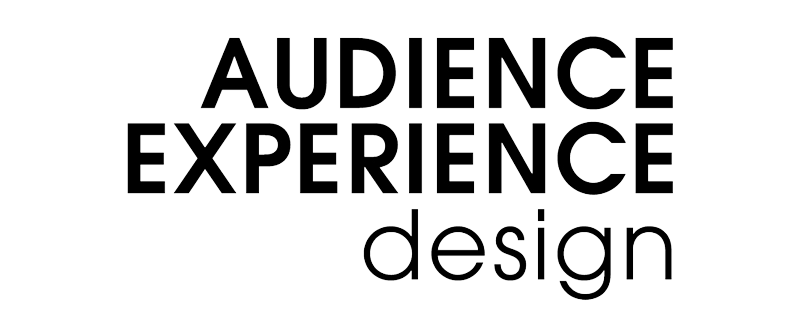
A designer’s mindset requires empathy, openness, and a bias to action. This tool prepares you to use all of the other tools in the AXD framework. Establishing the mindset from the beginning will save you time and frustration later, and it should be revisited throughout the process.
When to use!
Before doing any design work
Frequently during a project that is in progress
Notes
Each part of the mindset works with the others, facilitating the opportunity to look at the creative process through the lens of a designer:
- Empathy: always practice active empathy for your audience throughout the process, getting to know them as human beings
- Diverge/converge: diverge into wild ideas and converge into actionable solutions at the appropriate times
- Constraints: although an open mind helps generate new ideas, it’s important to know what you have available to you to take action
- Act first, talk second: make ideas and concepts as real as possible–whether through drawing, writing, or creating–as it becomes much easier to talk about when others can see and experience it

